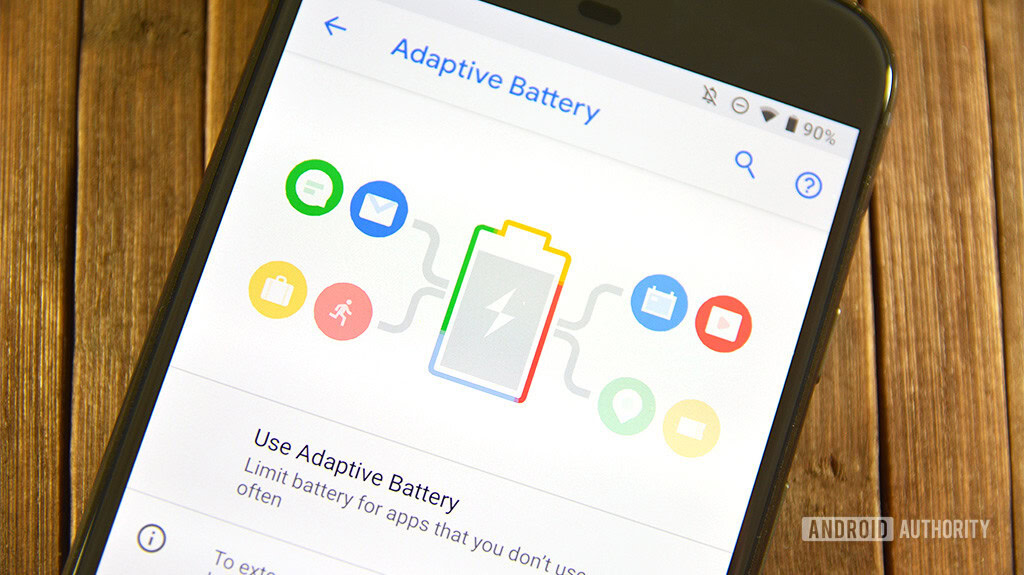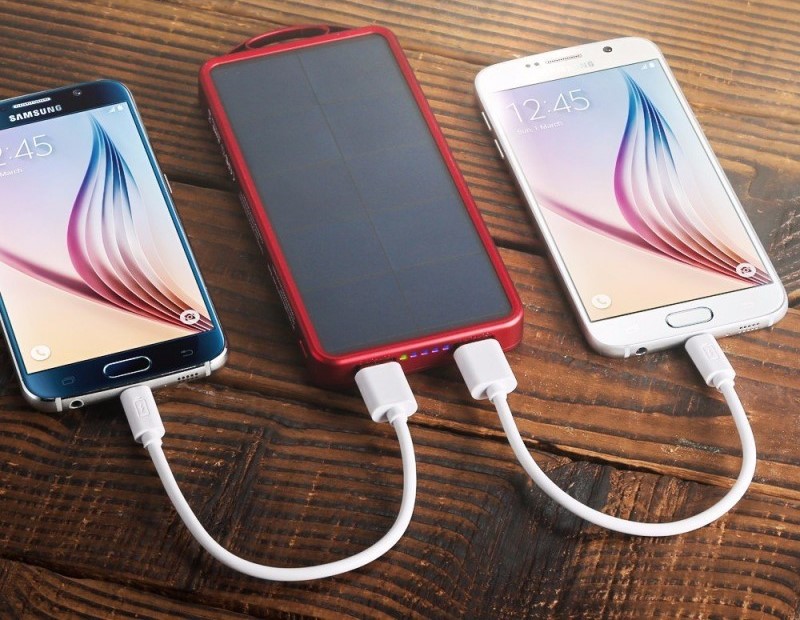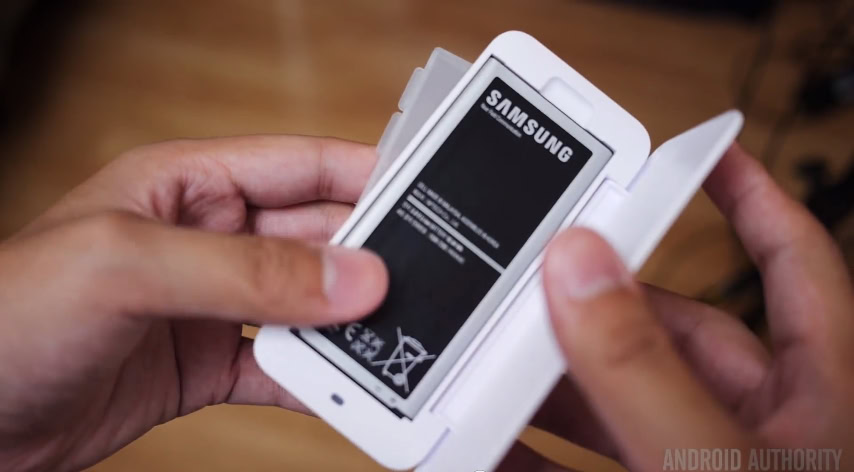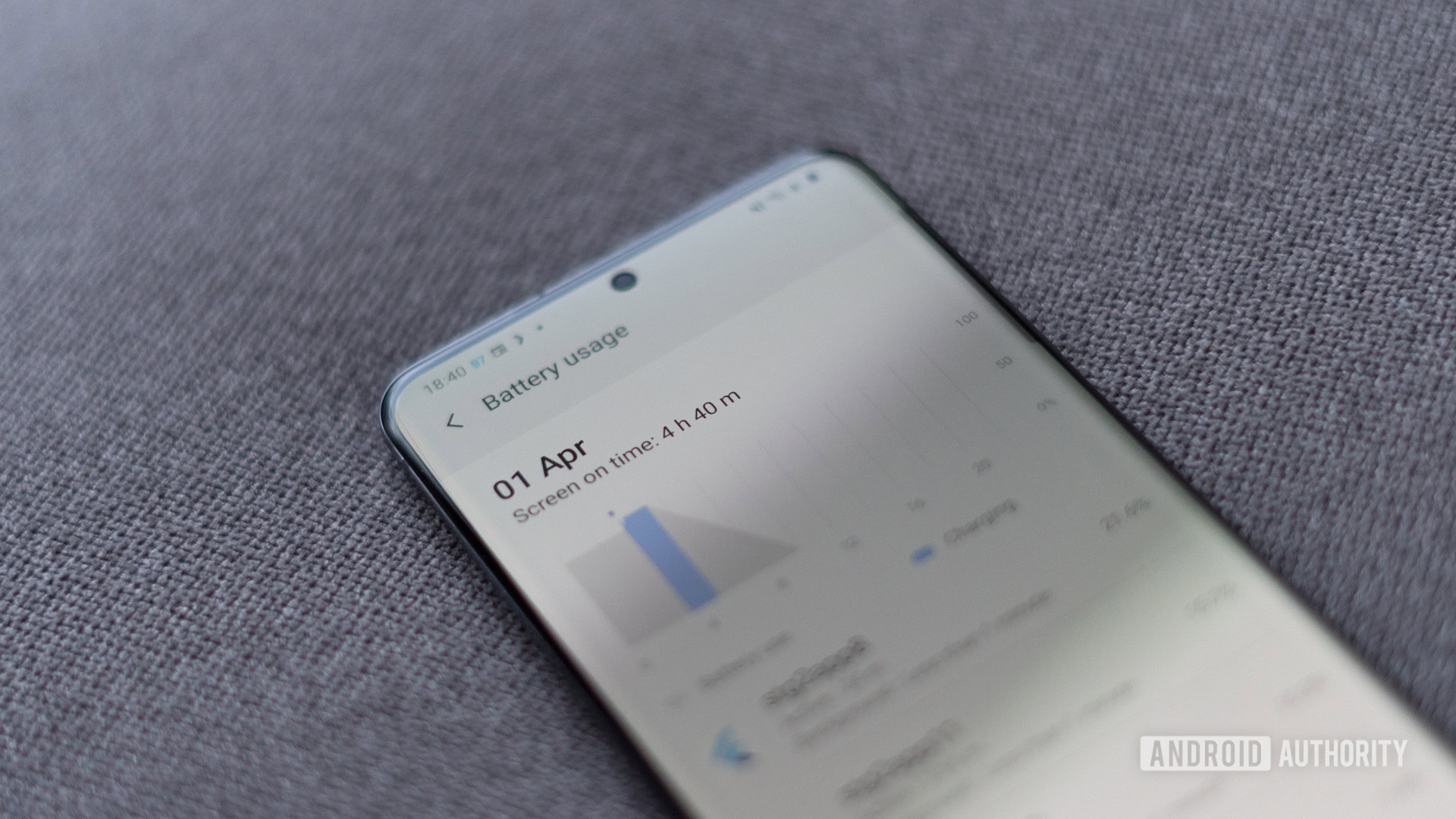Affiliate links on Android Authority may earn us a commission. Learn more.
All about batteries: What is mAh?

Your phone’s battery is arguably the most important piece of hardware on the device, seeing as nothing can happen without it. However, these lithium-ion technological marvels remain mysterious to many smartphone users. For the general population, handsets and tablets might as well run on magic crystals for how well the inner workings of batteries are understood.
While it’s not necessary to have comprehensive knowledge of the chemistry that goes into making portable power possible, it’s at least useful to understand basic terminology, like mAh, to make a well-informed purchase.
What is a mAh? And why is the middle letter capitalized?

Yeah, the spelling of mAh does look a little weird, so why is it this way? The A is capitalized because, under the International System of Units, “ampere” is always represented with a capital A. The term mAh is an abbreviation for “milliampere hour,” and it’s a way to express the electrical capacity of smaller batteries. With larger batteries, like car batteries, we usually use ampere hours, or Ah. There are 1000 mAh in a single Ah.
mAh is calculated by multiplying the amount of time the battery lasts by the amperes of the discharge current. That may sound complicated, but it’s really not. If you have a battery and you don’t know what it’s capacity it is, all you have to do is hook it up to supply a 1000 mA discharge and see how long it lasts. If it lasts an hour, hey, you’ve got a 1000mAh battery. If it lasts 7 and a half hours, well then you’re holding a 7500mAh battery.
Battery life is effectively inversely correlated to how frustrated you will be with a mobile device.John Dye
In real life, discharge rates vary not only from device to device, but also user to user. How efficiently your smartphone manages its battery power plays a role, but so too does the amount of active screen time you typically experience as well as how resource-hungry your apps are. So, while the mAh can give you a reasonably good idea about how long a battery will last, the figure doesn’t tell the whole story. That’s why it’s always a good idea to check reviews and see what other users’ experiences have been like before buying a smartphone.
Battery life is effectively inversely correlated to how frustrated you will be with a mobile device. One of the biggest complaints we hear about a smartphone or tablet is that the battery dies in the middle of the day. If you want a positive handset experience, mAh size is one of the first figures you should look at.
Okay, so my battery life is poor, why can’t I swap my low mAh battery for a better one?

Yeah, you must be remembering the bygone days of 2010. Now it’s much harder to find an Android device with a replaceable battery. Most manufacturers make batteries non-removeable nowadays.

Wait, why?
Well, the problem you’re butting up against is something of an arms race. Lithium-ion batteries really came into the spotlight in the early nineties. Since then, technological advances have advanced the capacity density of these batteries by a factor of three. Pretty impressive, right? A modern battery is only one third the size of its nineties twin.
Another problem is that people are wanting slimmer and slimmer phones, and batteries simply take up space.John Dye
Yeah, that’d be pretty cool… except that processor transistor count has exploded by a factor of over 1,000 in the same time period. That means that that your handset-of-the-future that can run virtual reality technology and render ornate 3D graphics on a gorgeous screen is effectively running off a battery that’s still partying like it’s 1999. Processing power has so outstripped battery power that manufacturers are having to do everything they can to pack as much battery into these devices as possible – just to get these devices through the day. Another problem is that people are wanting slimmer and slimmer phones, and batteries simply take up space.
Put yourself in the manufacturer’s shoes. If you want to make your battery replaceable, you have to encase it in a relatively bulky protective case to make it safe for your users to handle. That case doesn’t increase the device’s capacity, but it does take up space. And space is at a premium inside today’s smartphones. That’s why manufacturers are more and more inclined to seal them in.
Will things get better?
We can dream. Right now the technologies that are responsible for faster data, lightning performance, more detailed video, heavier-duty gaming, and more lush screens are all moving at Moore’s Law velocity. We simply aren’t seeing the same advances for lithium-ion batteries.
We are at least seeing incremental advances in battery tech. Researchers are looking for different materials to use to replace lithium-ion entirely, and other innovations are making old battery technology more compact in unexpected ways.
For instance, one new bit of creative tech introduces a Li-imide electrolyte that prevents the generation of hydrofluoric acid. Not only does this make the battery last longer and produce less heat, but it also makes the battery swell less.
Oh yeah, batteries swell over the course of their lifetime, which means that smartphone manufacturers have to create cavities inside their devices to allow for this expansion. As mentioned earlier, space is at a premium, so if you can make a battery that swells less, those are precious millimeters you can devote to increased battery capacity.
So I guess the answer here is, no, things won’t get better. At least not anytime soon, barring a massive breakthrough. If you’re a heavy smartphone user, it might be worth it to spring for a bulkier device with a higher mAh capacity than to pounce on the latest, razor-thin flagship.
In the meantime, you still have a few options.
While battery size (physically) and its capacity are limited by the factors described above, their are still a few things you can do if battery life is of utmost importance to you. We wish we could tell you to get a phone with a removable battery, but in modern days those are nearly non-existent. There are a few, though.
- Best Android phones with a removable battery (December 2018)
- Quick Charge 3.0 explained: what you need to know
You can accept the industry’s band-aid solution and buy a phone that has quick charging. Pretty much every modern Android flagship features quick charging, as do a growing number of mid-range and budget phones. While this doesn’t solve the battery life problem, it at least makes it a bit easier to charge those tiny batteries right back up.
The other solution is to simply carry around a portable battery charger in situations where you might need a little extra juice.